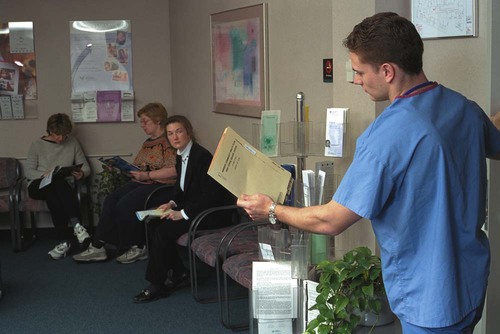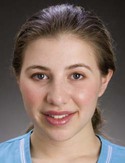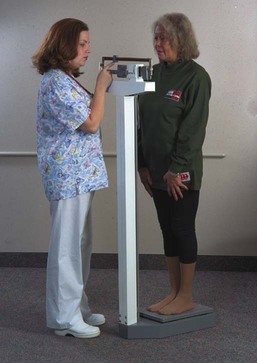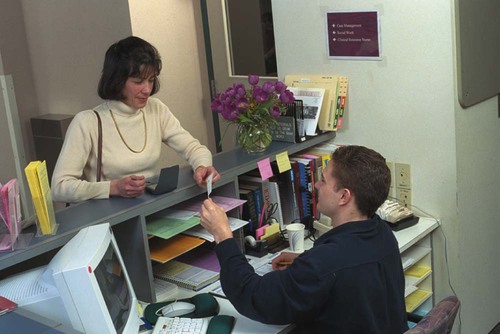1. Describe the history of the medical assisting profession. 2. Explain how a medical assisting educational program becomes accredited. 3. List character and personality traits of effective medical assistants. 4. Describe the appearance and behavior of a professional medical assistant. 5. Describe principles of effective time management. 6. Define professionalism for physicians and medical assistants. 7. Identify organizations and publications that guide professional behavior for physicians and medical assistants. 8. Differentiate between a certified medical assistant and a registered medical assistant. 9. Describe how professional organizations support the profession of medical assisting. 10. Identify the administrative tasks and clinical tasks performed by a medical assistant. 11. Discuss the medical assistant’s role in the operation of the medical office and patient education. Medical assistants possess or develop a number of characteristics that make them effective in their work. Although a person’s character and personality have been shaped by heredity and environment, a medical assisting student can work to enhance the traits that are important for health care delivery. Appearance and behavior are important means of projecting competence in the medical office (Figure 2-1). The concepts of warmth and caring are discussed in more detail in Chapter 4, in the section on communication. For now, it is important to say that caring is a key personality trait. Some aspects of caring can be learned and practiced. If an individual does not have a naturally caring personality, he or she will find it much harder to learn the communication skills needed to express caring. When the medical assistant calls a patient to come from the waiting room to the examination or treatment room, the patient immediately forms an impression of the quality of care the medical assistant—and the physician—are going to provide (Figure 2-2). A medical assistant who is neat, clean, and well groomed projects a sense of professionalism, authority, and competence. When medical assistants are courteous, they project respect for a person’s dignity. This is important because many patients feel awkward, especially when dressed in underwear and an examination gown. In the same way, anything that the patient experiences as negative can result in an instant feeling of doubt in the medical assistant’s ability. This may be generalized to a general feeling of doubt about all office staff. Patients often react negatively to rumpled clothing, dirty or worn shoes, unpleasant body odor, strong scent from perfume or personal products, piercings, tattoos, or an appearance that seems too “dressed up” because of jewelry, false nails, heavy makeup, and/or elaborate hairstyle. Most medical offices require that medical assistants wear a uniform when performing clinical tasks. The uniform worn by most medical assistants consists of scrub pants with a scrub top or short-sleeved shirt; clean, white, soft-soled shoes; and a laboratory coat or jacket as needed. The top and/or jacket may be patterned, especially in a pediatric practice. Both top and bottom should fit well without being too tight. Pants should be hemmed neatly so that they do not drag on the ground (Figure 2-3). In some practices all staff wear coordinated uniforms. When performing administrative tasks, the medical assistant wears scrubs or street clothes. If street clothes are worn, they should project a businesslike appearance (Figure 2-4). Jeans, for example, are always unacceptable attire in the medical office.
The Professional Medical Assistant
Introduction to Professional Medical Assisting
Characteristics of Medical Assistants
Personality Traits
Appearance








 inch or shorter when caring for patients at high risk of acquiring infections.
inch or shorter when caring for patients at high risk of acquiring infections.


